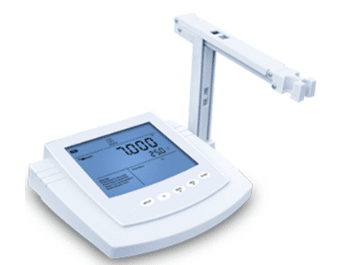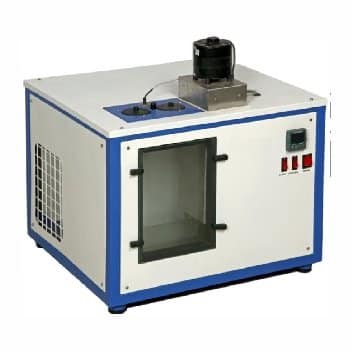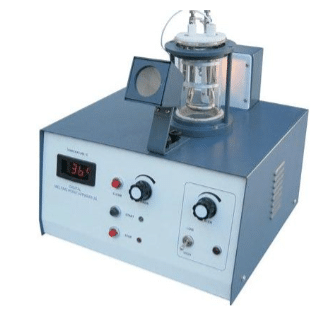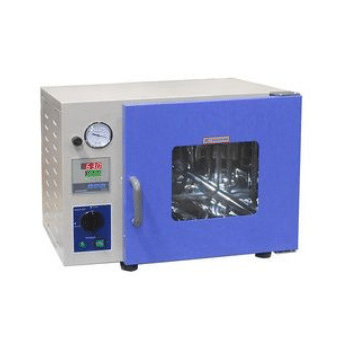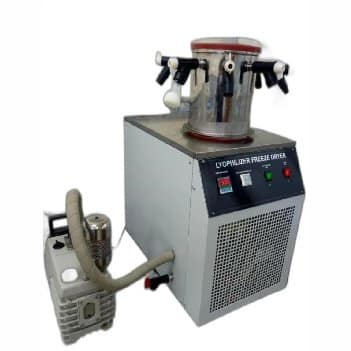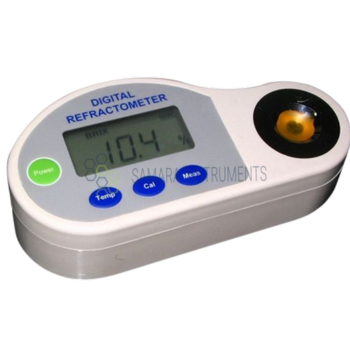
Honey Refractometer
A honey refractometer is a specialized instrument used to measure the refractive index of honey. Read more
A honey refractometer is a specialized instrument used to measure the refractive index of honey. The refractive index is a property of a substance that indicates how light propagates through it and is related to the concentration of dissolved solids in the solution.
Honey refractometers are commonly used in the beekeeping industry and honey production facilities to assess the quality and moisture content of honey. They provide a quick and accurate measurement that helps determine the ripeness and purity of honey samples.
The refractive index of honey is influenced by its sugar content, particularly the ratio of fructose to glucose. As bees collect nectar from flowers, they convert the complex sugars present in the nectar into simpler sugars like fructose and glucose. The specific composition of sugars in honey affects its sweetness, flavor, and texture.
Using a honey refractometer is a straightforward process. A small amount of honey is placed on the prism or sample plate of the refractometer, and then light is directed through the honey. The refractometer measures the bending of light caused by the honey, which allows for the calculation of the refractive index.
By comparing the refractive index of a honey sample to established standards or a known scale, beekeepers and honey producers can determine the quality and moisture content of the honey. This information is crucial for ensuring that honey meets industry standards, as excess moisture can lead to fermentation or spoilage.
Honey refractometers are portable and easy to use, making them a valuable tool for beekeepers and honey enthusiasts. They provide a reliable method for assessing honey quality and can help in maintaining consistency and authenticity in honey production.
Overall, honey refractometers play an essential role in the honey industry by providing a means to evaluate and monitor the characteristics of honey, ultimately ensuring its high quality and desirability in the market.
| Model No | SI - KTD/35 | SI - KTD/45 | SI - KTD/65 | SI - KTD/92 |
|---|---|---|---|---|
| Measuring Range | 0-35% | 0-45% | 28-65% | 58-92% |
| Resolution | Sugar ( Brix ) 0.1% temperature 0.1°C | |||
| Accuracy | Sugar ( Brix ) ± 0.2% temperature ± 0.5°C | |||
| Temperature Compensation | 9.9°C-99.9°C(automatic temperature compensation) | |||
| Sample volume | 0.3 ml | |||
| Respond time | 3 s | |||
| Power supply | AAA*2 | |||
| Battery life | About 8000 times | |||
- Dual Scale Measurement
- Automatic Temperature Compensation (ATC
- Sturdy Construction
- Easy Calibration
- Clear View finder and Scale
- Portable Design
- User-Friendly Operation
- Protective Case
- 2AAA batteries, can accurately test anytime and anywhere,
- Touch key, comfortable and beautiful
- Special designed sample place, avoid sample spilling, easy to clean
- Fast measuring speed, measuring just 3s once
You May Also Like


